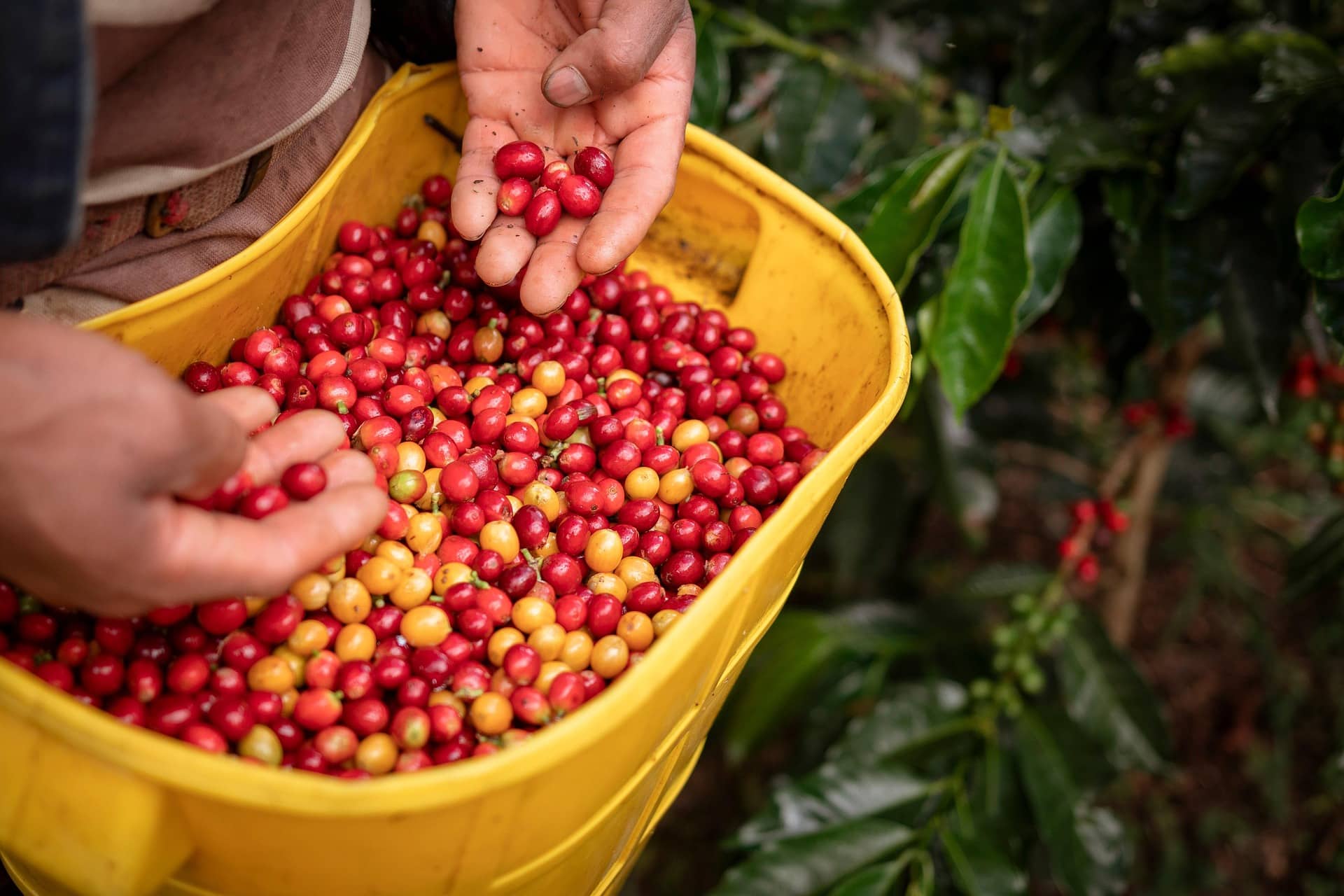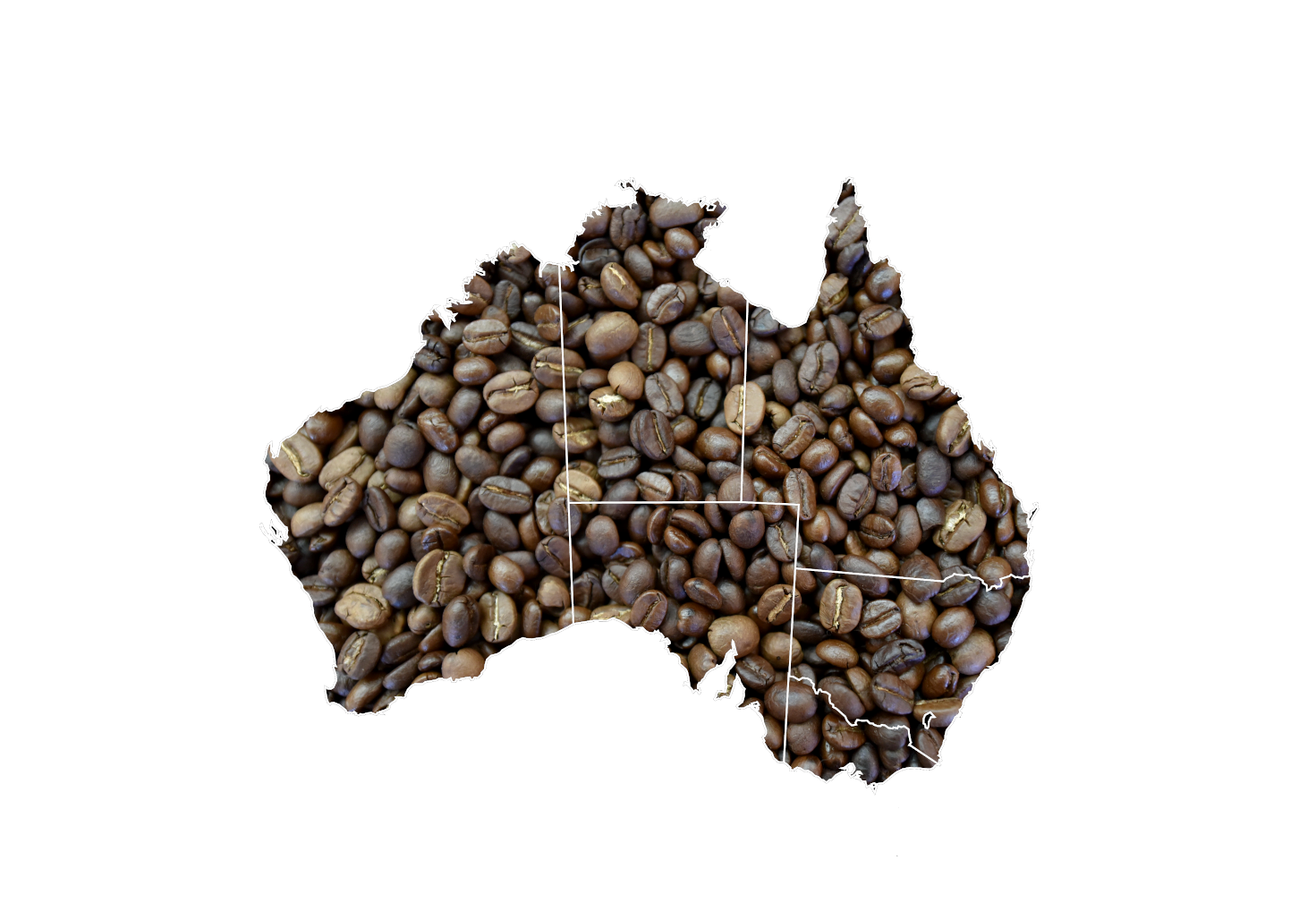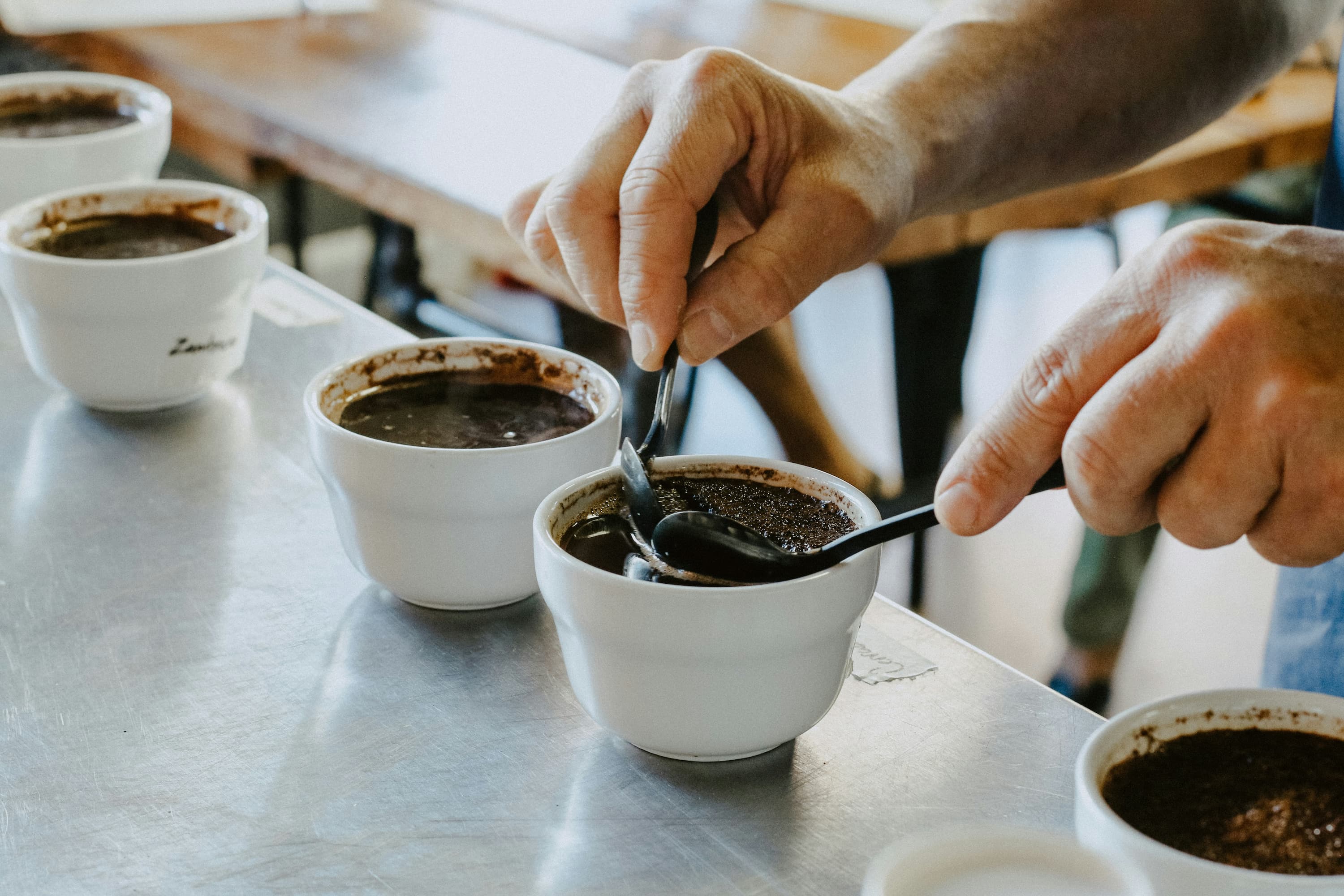
Coffee Certification Challenges
Once thought to be a straightforward incentive for producers and roasters, coffee certification challenges have become increasingly complex …

A 2017 Barista Institute article describes Australian coffee culture as “one of the most advanced in the world,” a way of life that people are “breathing, feeling, and dreaming of.”
And yet, this rich and textured Australian coffee culture that we’ll touch on here may be hard for some of us in the US to fully understand, due to a relative lack of Australian coffee experiences available to us.
That said, certain entrants have sought to change that, with Australian coffee roasters making successful inroads to US markets: Bluestone Lane might be one you’ve heard of, and there are also smaller roasters such as Gumption Coffee and Saltwater Coffee in New York City.
All add something different to the conversation, whether it’s coffee actually roasted in Australia, an Australian coffee shop vibe, or an actual live Australian making your latte!
And while you have probably never seen a single origin coffee from Australia in the US, Australia does in fact produce coffee. If we look at a map of Australia with an overlay of the Koppen climate classification system, you can see that parts of Australia’s climate are the same as many other coffee-growing regions across Africa as well as Central and South America. These regions are tropical savanna wet/dry climate that possess attributes conducive to growing coffee.

(The Koppen climate classification system is a framework used to divide climates into groups, based on temperature and precipitation.)
The equator-bound “coffee belt” includes basically the entire northern half of Australia. And yet, in some depictions of the coffee belt, this northern half of Australia is the ONLY landmass within the belt to not be referred to as a coffee-producing environment.
In any event, we do see coffee originating from Australia – not just in Queensland, but also in New South Wales.
The coffee output is small, though, and Australia is still one of the top global importers and consumers of coffee, having consumed roughly 260 million pounds in 2020/2021 according to the International Coffee Organization, putting it in the same ballpark as South Korea and Turkey.
Very few, if any, roasters from Australia now in the US will feature coffee grown in Australia, and Australia is not even on the list of top 50 global coffee exporters. So how does Australian coffee culture find its way into the coffees we might see in the US?
We spoke to Hazel de los Reyes, co-founder and co-owner of Gumption Coffee in New York City, to find out a bit more about this.
“Since Australian coffee is almost wholly espresso and a huge part of that is with milk, I’d say Australians like a sweet rich latte. So Australian roasters will pitch their house blend to the latte drinking crowd,” says Hazel, regarding what is the essence of “Australian coffee”.
Gumption, which started as a small coffee shop in Australia, preaches direct and authentic customer engagement, just like when it was smaller.
“I do shifts at the bar still and I insist that all our roasting staff here, and back in Australia, do their tour of duty at the bar for that all-important customer engagement. I also encourage them to have specific customers in mind when they roast and think who would like such a coffee,” Hazel says.
The customer engagement is additive to technical skills, as Hazel insists on competition rules at her bar, including station maintenance and cleanliness. Hazel’s baristas are also masters of the palate, having gone through sensory training and cupping as part of their development.
As for roasting or importing Australian-grown coffee, Hazel says it’s all about the quality at a blind cupping. While it might be rewarding to feature coffee grown in Australia, it still needs to stand on its own and meet Gumption’s standards – just like any other origin.
There are close analogies here to coffee in Japan: a rich culture developed almost exclusively without outside influence, with a deep history, individuality, pride, limited domestic production, and little to no exporting. And just like with Japan, our eye is on the future and whether we’ll begin to see some Australian origins here in the US.
So have Australian roastery owners and baristas like Hazel sworn off good old New York coffee? Not exactly:
“Coming from a mainly espresso background, I am curious about the regular New York coffee, what is it really and what do New Yorkers love about it. And guess what? I love it! I love New York regular drip. It’s black and all laid bare.”

Once thought to be a straightforward incentive for producers and roasters, coffee certification challenges have become increasingly complex …

Each quarter in our benchmarking report, we analyze a broad sample of single origin coffees from hundreds of small roasters …

You read tasting notes because they promise an experience. Yet the language on coffee bags often feels repetitive …
